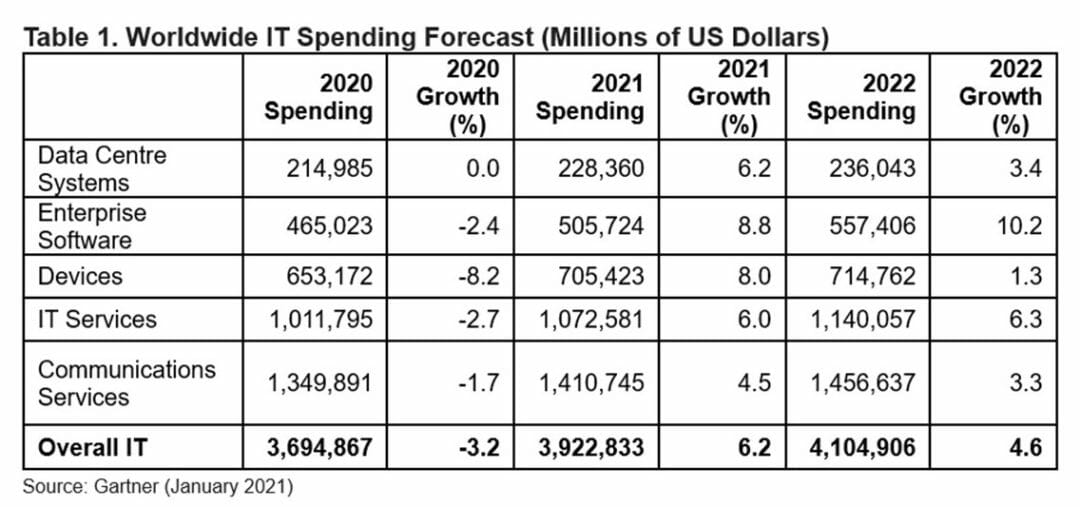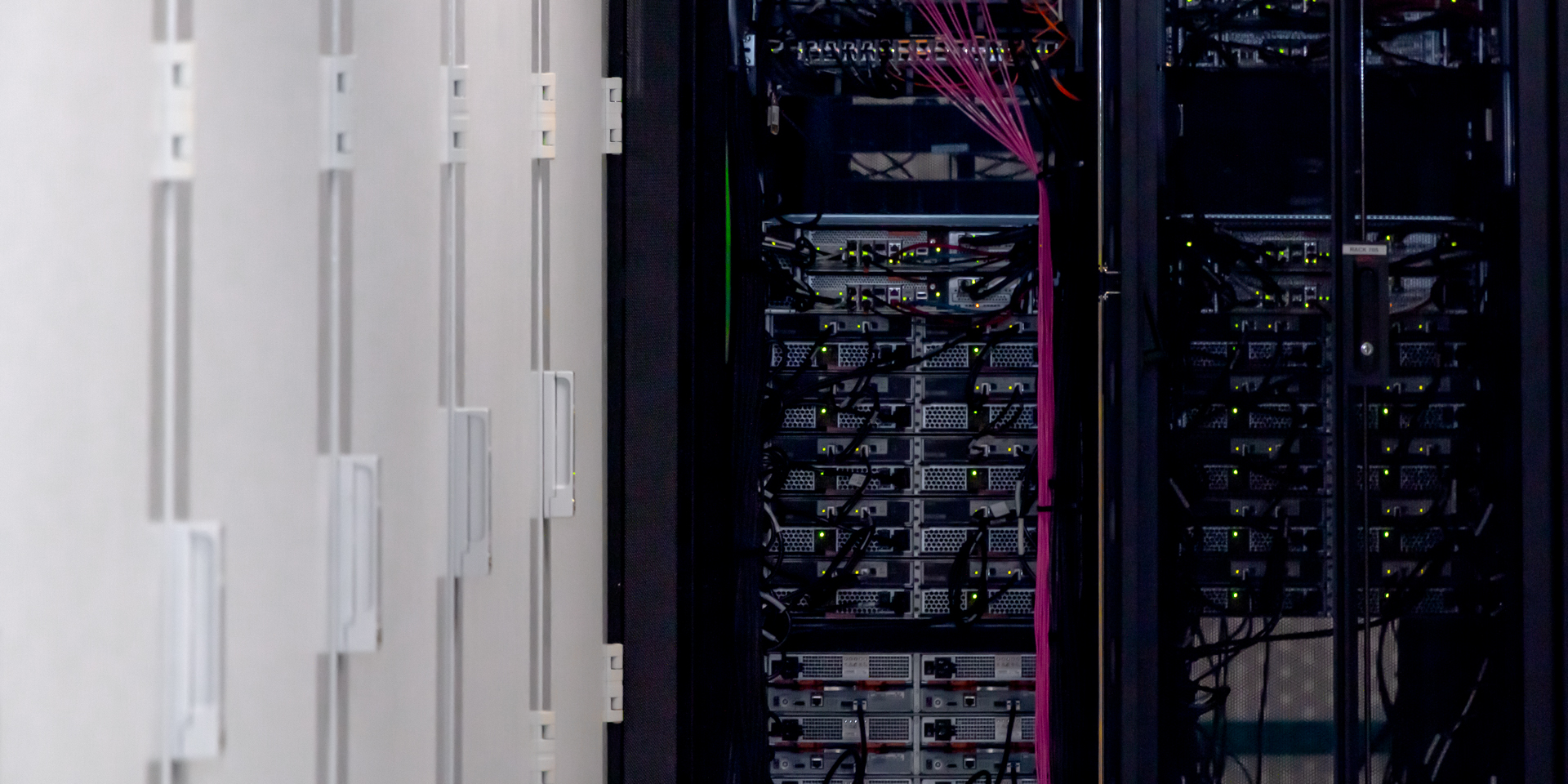
IT, the Main Character in Business Strategies
IT, Business Strategy Protagonist
In spite of IT investment slightly coming to a halt in 2020, experts foresee not only a comeback to positive numbers for the coming years, but also a change in the importance of IT.

2020 meant a halt for the development and continuity of many sectors, due to the international health emergency situation, forcing to restructure priorities in order to survive. The evidence is that the world expense in IT decreased 3’2%, after several years showing positive figures. However, it seems like the setback has been something anecdotic and according to experts, in 2021 IT will go back to being the protagonist.
According to the analyst brand Gartner, all sector segments will grow again this year and the next one and they are increasingly more optimistic. Even though by the end of 2020 they predicted a growth of 4%, now several months into 2021, they have increased their predictions up to 8%, which in figures indicates that the expense in IT at global level will exceed 4 billion dollars. In addition, predictions go even further, in the face of 2022, Gartner foresees that it will keep on growing, claimining that the expenses will increase to 5,5% compared to 2021, starting to approach figures like those before the COVID-19.
As explained by vice president at Gartner, John David Lovelock, IT not only provides support to corporations, but rather it is fully participating in the business value offer. Therefore, IT switches from playing a back-office role to also influence finance. Now CIOs will focus, as experts indicate, on the expenses that will not only allow to carry out tasks but also to take one's chances on innovation.

DataCenter. Facilities covering 1500m2, in the heart of Madrid with certification ISO 27001.
Simple. Fast. Safe.
How are expenses distributed?
As it can be appreciated in the lower table, in 2020 data weren't positive, but almost all sides will experience a noticeable expense, both in 2021 as well as in 2022. Regarding this year, software and device acquisition have been two of the branches that have received more investments, result of the situation organizations have taken advantage of to revamp equipments and systems for employees. Next, there is the investment in data centers and IT services and finally investment in communications.
While in 2021, investments grow over 5% in almost al fields, for the next year Gartner estimates these will decrease slightly, except for business software and IT services, whose investement will keep on growing.

Expense tendencies
Although it seems like we're begining to see the light at the end of the tunnel we got in with the pandemic, organizations are now facing new challenges, immediately in the short term for some and in the middle and long term for others.
As explained by Spiceworks Ziff Davis in his annual study on IT status, the world crisis caused by Covid-19 has become an important catalyst for that change. Companies have found within that situation the motivation to invest in technology.
In the report, data from more than 1000 businesses is included, from which, 76% plan IT changes in the middle and long term and 44% plan to accellerate their digital transformation.

Digital Transformation. Do you need help to accellerate your business digital transformation?
Trust Uniway, we're available for you
The Cloud and cybersecurity will be one of the most important priorities for organizations. According to SWZD, everything points to businesses keeping on taking their chances on migration to the cloud, ensuring the continuity of investment in these technologies as well as cybersecurity. The perspective now is for the cloud to be more like a critical element in workflows, which reinforces investment in the face of the growth of stored data. As indicated by the report, in 2021, services hosted in the cloud will represent 25% of the expense on IT, a figure superior to 19% from 2019. In addition, managed services will also grow up to 16%, compared to the 14% of 2019.
Digital transformation began to take shape a while ago. Now, many companies worry over its pace. We no longer focus so much on transformation itself, but rather on digital acceleration, a situation faced by 44% of IT leaders according to a study by SWZD.





